Open enrollment is around the corner and employers are scrambling to accommodate the rising cost. The annual premium for individual coverage has risen more than $225 per year on average, and family coverage has risen more than $700 per year on average from 2010 to 2022. Statistically speaking, prices for healthcare grow much faster than inflation and that combined with increasing employee demands has companies, both large and small, forced to make difficult decisions.
The specific reason for increasing healthcare costs can be attributed to a variety of factors including the following:
- Continuing research and new, innovative technology lead to more expensive procedures and products.
- Labor shortages, physician consolidation, and contract renewals are amplifying the already aggravated industry.
- Chronic health conditions, catastrophic health claims, and rising prescription drug prices add to the sizeable hike in 2024.
This is the second year in a row that employers have projected a 7% + hike and confronting affordability and disrupting costs are among the top obstacles for employers in 2024. Organizations must reshape their strategies and business models to allay the drastically different costs. Nearly two-thirds of large employers (500+ employees) are planning to make enhancements to their health offerings in 2024 to support employee needs. While smaller organizations may be forced to have employees consume a portion of the inflated cost.
While many employers plan to consume the additional charge, other companies may consider offering coverage options to their employees, rather than using a “one-size-fits-all” approach. Offering a high-deductible plan with an HAS (Health Savings Account) for healthy employees who are seeking a low-cost option, while also offering a low-deductible plan with an FSA (Flexible Spending Account) for employees with greater medical needs.
Over 80% of employees note that health benefits are a main factor in deciding their place of work. Employers should use this as an opportunity to identify the current healthcare solutions within their organization that give their employees the best overall experience and invest their money appropriately.
Taking steps to implement cost-effective healthcare benefits into your organization will help ease your economic burden and assist your employees as they navigate through an increasingly challenging healthcare system. In addition, It will likely make your organization more attractive to future qualified candidates.
LATEST READS FROM WALRATH RECRUITING:




